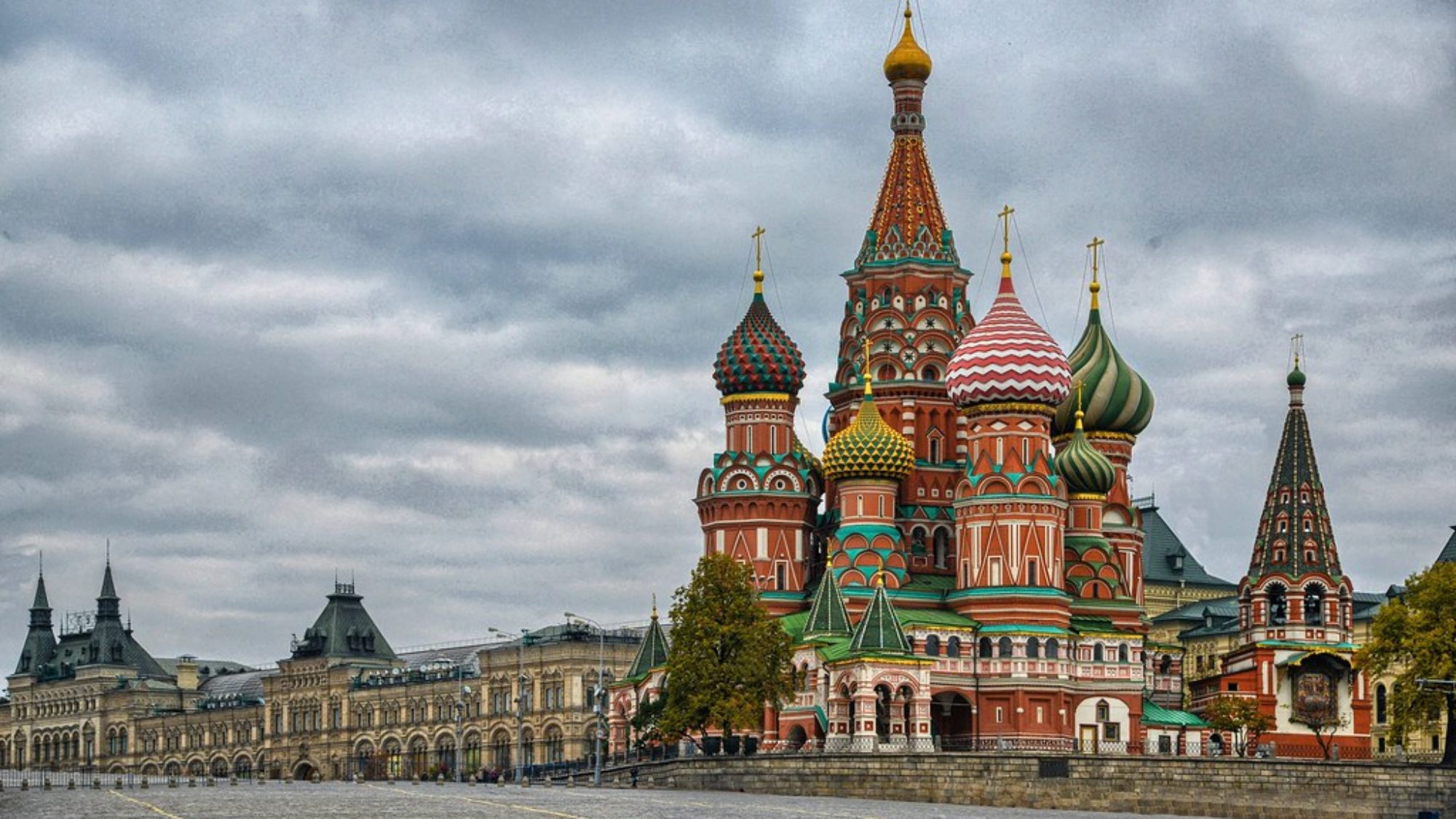
Title: Review of “Exploring the Future of Russia’s Economy and Markets” by Bruno Sergi
In light of the increasing geopolitical tensions between Russia and the United States, and ahead of a presidential election year, Bruno Sergi’s recent book, Exploring the Future of Russia’s Economy and Markets, is a vital read. Now more than ever, new information and evidence-based research are needed for policymakers to make better informed decisions based on facts rather than opinion.
Sergi’s latest twelve-chapter book is made up of a consortium of essays written by finance, policy, and academic experts. The book originates from a conference called “New Reality and Russian Markets” held at Harvard University and co-sponsored by the Davis Center for Russian and Eurasian Studies and the RUDN University in Moscow. The empirical data, research, and policy analysis come from technical, professional, and academic experts who participated in that seminar. While enjoyable to read, the book’s real value is in the cumulation and synthesis of field expertise and new research, which provide the reader with a deep understanding of the Russian economy today and the potential of its future economy. This book serves a wide audience ranging from academics to business professionals, and could particularly be of value to foreign policymakers, as some of the most interesting topics include research on Russia’s financial development policies, investment in clusters and innovational networks, green technology, and Russia’s participation in global value chains (GVCs).
One interesting contribution the authors make to the conversation about Russian markets is the application of principal component analysis (PCA) to analyze the influence of Russia’s banking and financial system on the country’s economic growth. PCA condenses numerous related variables into a set of principal component factors, making it easier to analyze data. This method simplifies correlated data while showing the percentage of variance of each component. PCA provides insight into explanatory variables beyond GDP that could be significant in understanding Russia’s economic development. This is an interesting approach toward making sense of the country’s inscrutable banking and financial system. Based on their data analysis, the authors conclude that Russia should invest more in the financial development of its banking system in order to facilitate continued economic development.
Chapter six provides new insight into Russian clusters and innovational networks, which make up 15.58 percent of Russia’s GDP as of 2018. While continued investment in developing clusters and innovational networks will lead to sustainable growth in the country, the authors note that the main challenge to such development is the fact that Russia’s clusters are unevenly distributed, both regionally and in their stages of development. They argue that a more even and expedited distribution of clusters and innovational networks through the support of private business could lead to a potential growth in Russia’s GDP to 2.5 times its current size.
Chapter eight discusses Russia’s green economy, which accounted for 4 percent of Russia’s GDP in 2017. The authors argue that the best way for Russia to grow its green economy is by increasing investment in green initiatives within Russia’s technological parks, which could lead Russia to a 3.2 percent increase in the overall volume of its green economy by 2025. For an oil dependent country, the expansion of the green economy could help diversify and stabilize Russia’s future economy.
Chapter twelve presents new empirical research that measures Russia’s participation in the global value chain (GVC) using an input-output model to analyze the level of participation and distribution of gains. The analysis concludes that Russia’s current GVC participation is high, but its future success in the GVC will depend on either an expansion of forward manufacturing to diversify non-oil products, or a continuation of mineral participation.
Finally, a key topic discussed in this book is the effect of economic sanctions on Russia’s economy. The authors’ research demonstrates the costs sanctions impose on Russia, and notes that sanctions are indeed stymieing the country’s economic development. However, sanctions have also had some unintended positive consequences for the country; for example, restrictions on high-tech imports and exports have led to the state amassing its resources to encourage growth in innovation, and have led to increased trade with other countries in Asia, the Middle East, and Africa.
This multi-faceted book is likely to conduce new research pursuits, especially related to Russia’s banking system, green economy, clusters and innovational networks, GVC participation, and the effect of sanctions on the country’s economic growth in specific sectors. Contemporary reads on Russia are often fraught with Cold War thinking and frameworks, which, while interesting, are not helpful. Sergi’s book offers a more holistic approach, using empirical data and the latest research on the Russian economy to build a dynamic understanding of a complex and often misunderstood country. This work is essential reading for anyone hoping to understand Russia’s foreign relations and economic future.
. . .
BOOK AUTHOR: Bruno S. Sergi is an instructor at Harvard University, where he is also an Associate of the Davis Center for Russian and Eurasian Studies, and a Faculty Affiliate in the Institute for Quantitative Social Science. He teaches at the University of Messina and has taught at New York University. He is an Associate Editor of The American Economist and his research interests center on the economics of emerging markets.
BOOK REVIEW AUTHOR: Alicia Froio is completing her Masters of Liberal Arts at Harvard University. Alicia completed undergraduate studies at the George Washington University’s Elliott School of International Affairs. She is interested in developmental economics and Asian emerging markets.